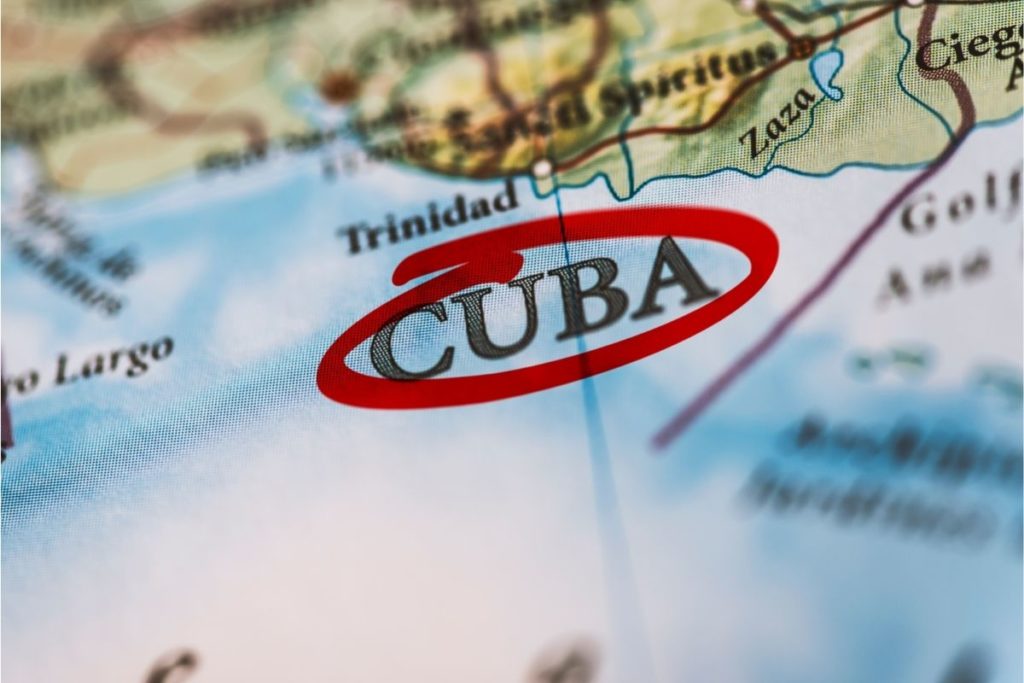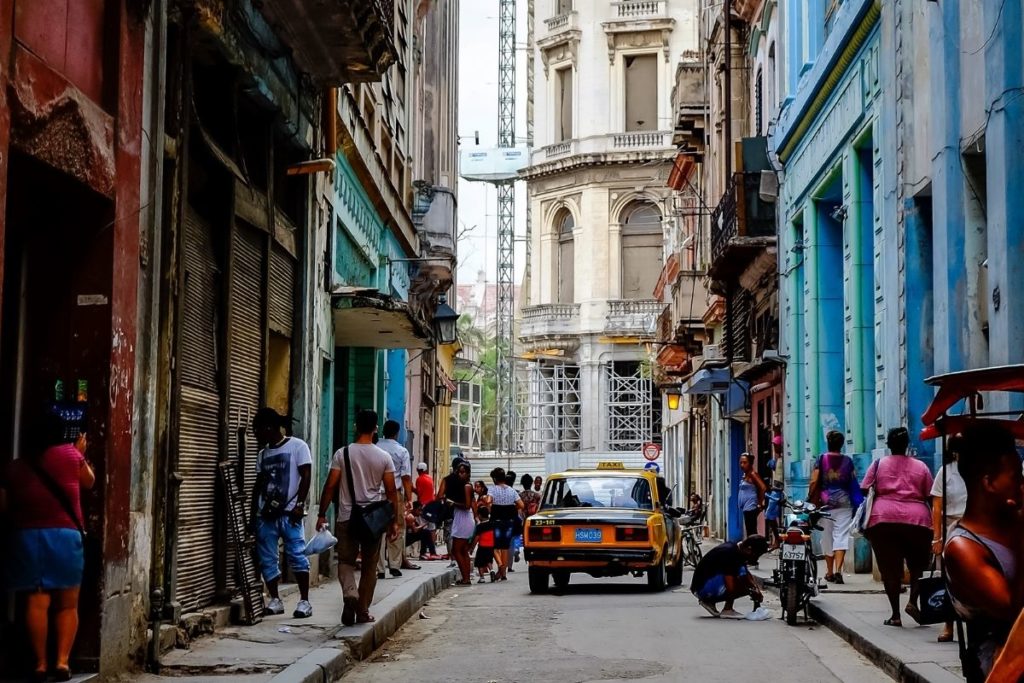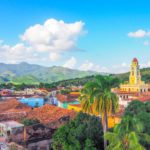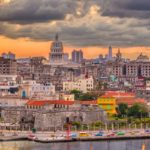Cuba is a nation with a lot of famous figures and geographical places of interest. Throughout history, we have explored that the United States and Cuba have had many connections and conflicts.

Due to their history though, could we say that Cuba is in North America? This guide looks at where Cuba is and everything else you’ll need to know about the country!
Read on to learn more.
Cuba: The Basics
Cuba is a country that is classified as being in North America. It is made up of the island of Cuba, archipelagos and the Isla de la Juventud.
In terms of where it is exactly, you can locate it in the Northern region of the joining point of the Caribbean Sea, the Gulf of Mexico and the Atlantic Ocean.
It has many cities, notably they have the capital of Havana, Guantanamo, Santiago de Cuba, Camaguey and Holguin.
Cuba is involved in many global trade blocs and has a long complicated history with the United States. Despite this though, Cuba takes part in many North American sports such as baseball, boxing, soccer and American football.
Geographical Data
Cuba is composed of an amalgamation of different islands that are found in the Northern point of the Caribbean Sea. The island of Cuba itself is 40,369 square miles in space and about 780 miles in length.
Out of the Caribbean islands, it is the largest island and in terms of the global stage, it is the 17th largest island. Cuba holds a lot of territory in the seas and its overall terrain is primarily flat.
Despite this, it does have a famous mountain range known as the Maestra Mountains which reaches a peak of 6,476 feet high.
To the north, the United States can be found roughly 93 miles from Cuba and you will reach the Florida Straits first. As a result, Cuba shares a border in the waters with the United States.
Travelling east, you will eventually reach Haiti after around 48-50 miles. Conversely, if you travel west, you will reach Mexico – although this is about 130 miles.
It’s also noteworthy to mention that Cuba is close to Jamaica and the Cayman Islands, which are 140 miles and 87 miles to the south respectively.
General Demographics

Cuba has one of the lowest rates of birth in the West. Due to a long history of colonialism, Cuba is devised of lots of multiethnic and interracial families, making it one of the most diverse places to visit.
Additionally, the diverse nature of Cuba has also been influenced by pre and post revolution immigraiton and emigration.
In terms of religion, Cuba is predominantly Roman Catholic Christian – which is another likely result of British and Spanish influence.
Speaking of Spain’s influence, Cuba’s national language is Spanish. However, other largely spoken languages in Cuba include Corsican, Haitian Creole and Galician.
Political Affiliation
Cuba is entirely socialist. Their politics swings to the political and ideological teachings of Marx and Lenin, both large believers in the socialist/communist agenda – and this is the driving force of the nation.
The leader, who is the president, is elected into office by the national assembly every five years – similar to British political policy.
Unlike the United States which has a limit on 2 four- year terms, the Cuban constitution allows a president to run for as many terms as they wish.
Once elected, the president of Cuba also becomes the first secretary of the Communist Party and the president of the council of state.
The other arms of Government work as follows:
- Legislative = National Assembly Of People’s Power
- Judiciary = The People’s Supreme Court
Part of the Cuban-United States complexities has been as a result of Cuba’s Communist stance, and foresaw things like the Cuban Trade Embargo, which made it a criminal offence to purchase and return Cuban items into the United States.
However, these regulations were relaxed in part by the Obama Administration in 2014.
Economy Of Cuba
Due to their political standpoint, the economy of Cuba is primarily controlled by the state. However, despite their socialist and communist views, Cuba has started to introduce private sector opportunities – although the Government is still the controlling force.
The currency of Cuba is Cuban Pesos (CP) but tourists use Pesos that are convertible to the rate of the USD (United States Dollar). This makes Cuba one of very few countries that deals with more than one currency.
Items for the citizen’s households are provided for by the state, using a system known as Libreta – which means ration book and it comes at a small cost to the household.
Primarily, Cuba exports medicine, tobacco, fish, coffee, sugar, nickel and citric fruits. These exports travel to multiple different countries around the world such as the Netherlands, Spain, China, Venezuela and Canada.
Whilst Cuba is sufficient with their economy, they are dependent on credit due to their large 13 billion USD debt.
Is Cuba Safe To Travel To?
Yes. Most governments around the world agree that Cuba is perfectly safe to travel to and from – although it is not without its crime.
Like any other country in the world, there is a chance you may be pickpocketed or have your bag stolen if you leave it unattended.
If you follow travel guidance and stay in the recommended areas, you should really enjoy your vacation in Cuba!
The Bottom Line
Cuba is indeed in North America and it has a very long, complicated history in the area. It continues to be a socialist nation politically, and is still one of the most beautiful countries to visit in terms of its landscape and islands.
If you are looking for a place to travel to for vacation, it is recommended that you research Cuba and perhaps take a trip there!
- What Is The Largest Island In Cuba? - September 19, 2022
- Havana – Why Is It Cuba’s Most Exciting City? - September 19, 2022
- Cheapest Time To Visit Cuba (Ultimate Guide) - September 19, 2022








